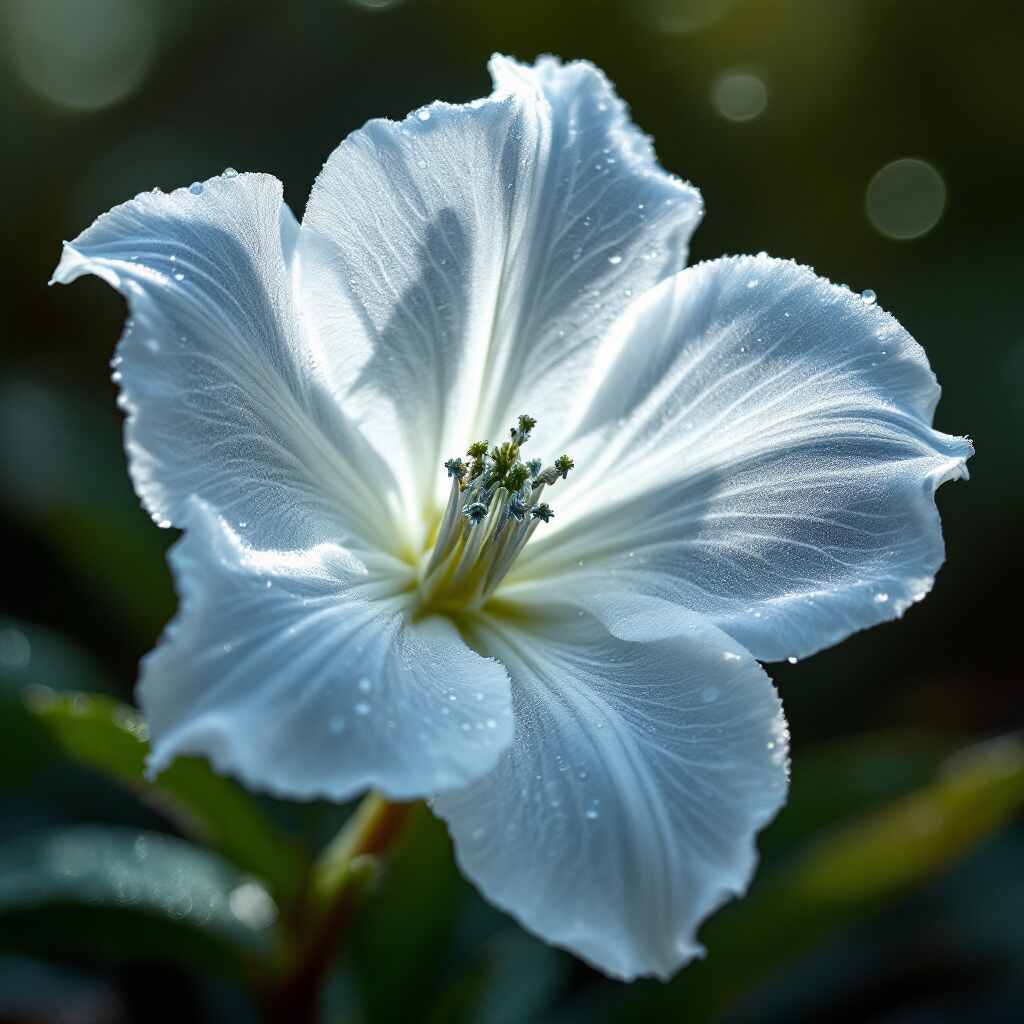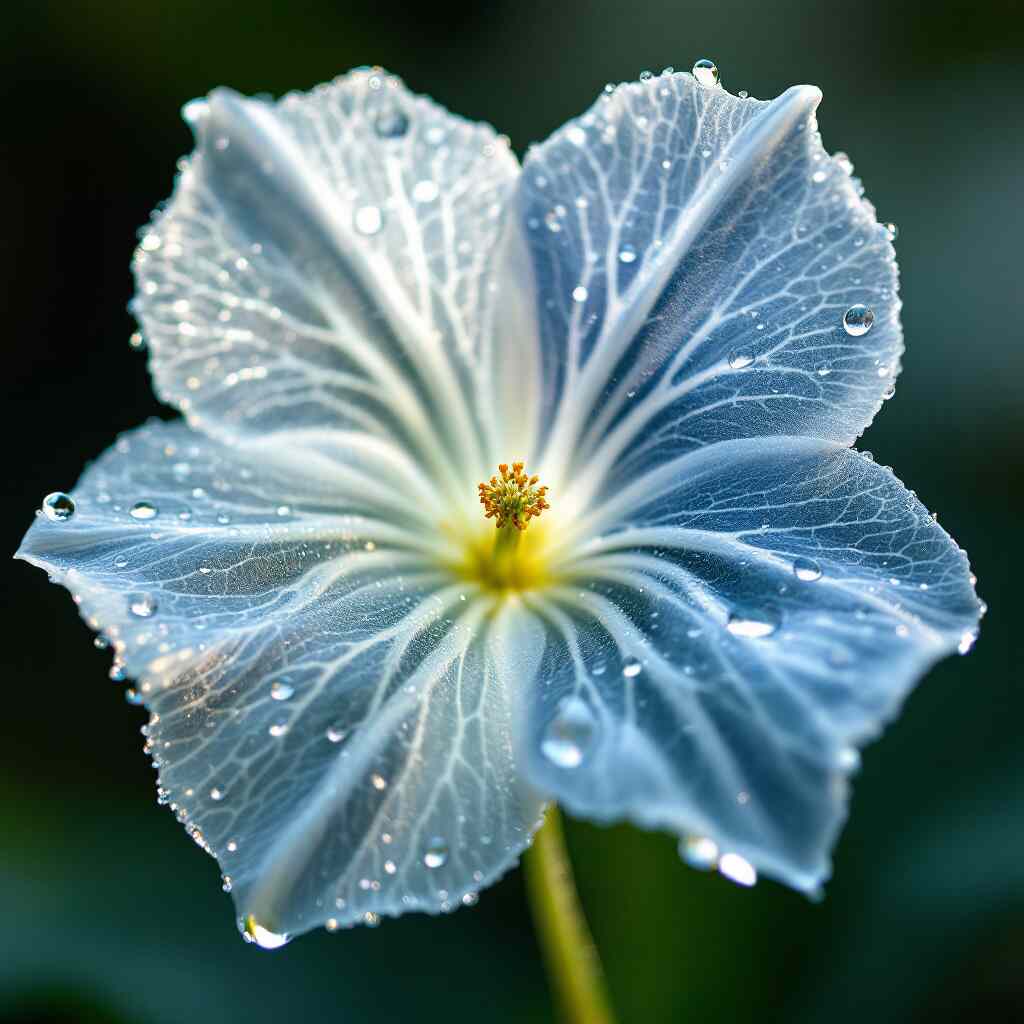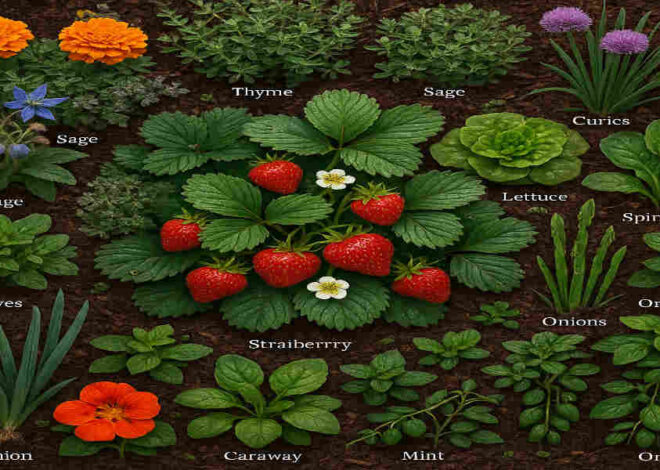
Skeleton Flower: A Home Gardener’s Guide to Nature’s Transparent Wonder
Imagine walking through a misty woodland, spotting a cluster of delicate white flowers. As the rain falls, something magical happens: these flowers transform, becoming almost entirely transparent. This rare spectacle is brought to you by the skeleton flower, a botanical wonder that captures the imagination of anyone lucky enough to witness its enchanting transformation. Today, we explore the beauty and science behind this fascinating phenomenon, diving deep into the world of one of nature’s most intriguing displays.
What is the Skeleton Flower?

Scientifically known as Diphylleia grayi, the skeleton flower belongs to the family Berberidaceae. Often referred to as the umbrella leaf or glass flower, this plant is as mystical as it sounds. Here’s a quick overview of its botanical profile:
FeatureDescription
Origin: Japan, China, and the Appalachian Mountains
Size Up to 40 cm in height
Bloom Time: Late spring to early summer
Unique Features: Turns transparent when wet
The Mystical Transformation: Why Does the Skeleton Flower Turn Transparent?
The skeleton flower’s ability to turn transparent is not just a beautiful oddity; it’s a marvel of botanical engineering. The petals of this flower are composed of loosely packed cells that create microscopic channels. When it rains, these channels fill with water, changing how light travels through the petals, turning them from opaque white to ghostly, transparent. This transformation is temporary; once the petals dry, they return to their original white color.
Origins and Natural Habitat
The skeleton flower is native to the lush, moist woodlands of Japan, China, Korea, and the USA’s cooler regions of the Appalachian Mountains. It thrives in shaded areas with rich and well-drained soil and cool climates. This plant blooms in the late spring, its lifecycle intertwined with the seasonal rhythms of its forest home.
The Skeleton Flower in Culture and Symbolism
In Japan, where it is sometimes called “hahaha” or ghost plant, the skeleton flower is rich in cultural significance and often represents the themes of impermanence and fleeting beauty. This symbolism is mirrored in various forms of art and literature, where it’s celebrated for its ethereal appearance and transient nature.
Botanical Beauty: Morphology and Features
The skeleton flower features umbrella-like leaves, providing a dramatic backdrop for its small, delicate blooms. This perennial plant is known for its slow growth and longevity, making it a fascinating subject for botanists and enthusiasts. Compared to similar woodland perennials, the skeleton flower stands out for its unique transparent transformation.
The Science Behind the Transparency: Cellular and Optical Wonders
The transparency of the skeleton flower petals results from both cellular structure and optical phenomena. Microscopic channels within the petal cells allow air displacement when filled with water, altering the light-scattering properties of the petals and rendering them nearly invisible.
Ecological Importance and Interactions
The skeleton flower plays a vital role in its ecosystem, providing food and habitat for various insects and wildlife. Its unique transparency could also be a strategy to attract pollinators, adding to its ecological significance. Despite its enchanting features, this plant faces threats from habitat loss and environmental changes, making conservation efforts crucial.
How to Grow Skeleton Flowers in Your Garden
Growing skeleton flowers requires mimicking their natural, moist, and shaded habitat. They prefer cool temperatures and rich, well-drained soil. Here’s a brief guide on how to care for these plants:
- Propagation: Start from seeds or by dividing rhizomes.
- Watering and Mulching: Keep the soil moist and mulch to retain moisture.
- Common Challenges: Watch out for pests and diseases typical to damp, shady areas.
Skeleton Flower Varieties and Related Species
Besides Diphylleia grayi, other notable species include Diphylleia cymosa and Diphylleia sinensis. Each species shares a unique transparent feature but varies slightly in size, habitat, and bloom characteristics.
Skeleton Flower in Modern Horticulture and Design
The skeleton flower is increasingly popular in ornamental landscaping, particularly in shaded garden designs where its unique features can be showcased. Its popularity among plant collectors is rising, reflecting a growing interest in rare and unusual plants.
Conservation Efforts and the Future of the Skeleton Flower
Conservation initiatives focus on protecting natural habitats and promoting propagation programs to ensure the survival of this rare species. Gardeners and plant enthusiasts are encouraged to participate in these efforts, helping preserve our planet’s biodiversity.
Fascinating Facts About the Skeleton Flower
- Lifespan: Can live for several decades under optimal conditions.
- Drought Tolerance: The skeleton flower can survive occasional dry spells despite needing moist conditions.
- Unique Adaptations: Its ability to turn transparent is almost unmatched in the plant kingdom.
Conclusion: Celebrating Nature’s Transparent Wonder
The skeleton flower remains one of nature’s most stunning displays, a testament to the wonders of botanical life. As we continue exploring and understanding these marvels, let us commit to their preservation. Whether you are a seasoned botanist or a casual plant lover, consider the skeleton flower a symbol of nature’s fragile beauty and enduring mystery.
You may also read (do tulips come back every year what gardeners need to know)


